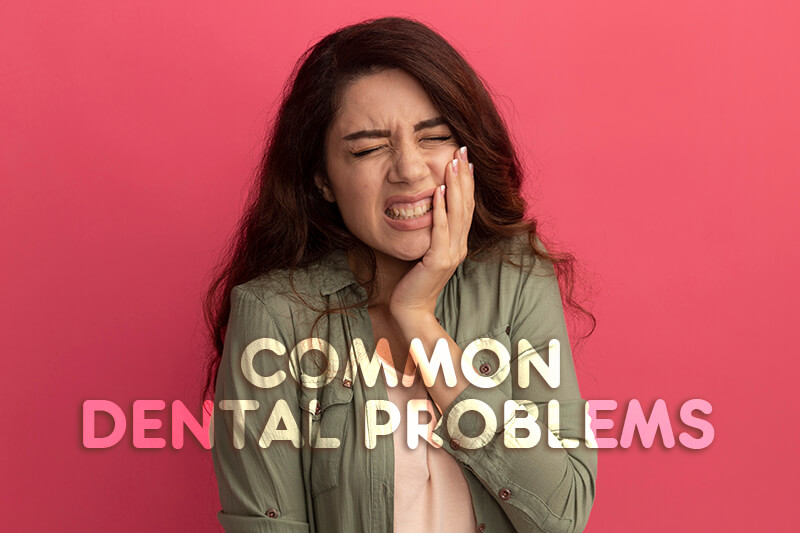Summer is the time for sunshine, vacation and camping out. However, the hot weather can your teeth and gums as well, increasing the visits to dentists and oral hygienists. Treatment for dental issues varies depending on the severity and the type of injury. Treatments can include dental implants, corrective jaw surgery, root canals, bone grafting, cosmetic surgery, and more. While ensuring to provide excellent patient care, dental practices should also manage submitting clean claims to insurers, for on-time reimbursement. Dental billing services from a professional billing company can help providers with accurate and timely claim filing.
Causes of Problems During Summer
Teeth problems can arise during the sunny season, due to many reasons such as –
Extreme heat
During warm weather, the bacteria present in decayed tooth can cause chronic inflammation around the tooth in tissue, which lead to severe toothache. The hot weather activate untreated infection in a tooth.
Sugary acids in soft drinks
Consuming sugary or fizzy carbonated drinks can lead to tooth decay, cavities and acid erosion of the teeth. Such as excessive sugary and acidic components that are harmful to the teeth. Sugar can worsen tooth sensitivity and cause toothache or gum sores.
Dehydration
Increased body temperature due to heat can cause dehydration. Chronic dehydration can impact oral health, as low salivation levels will dry out the teeth and gums, resulting in various dental diseases.
Risk of injuries the teeth
Summer fun activities such as swimming, bike riding, sports, and other playground activities c dental injuries. The teeth cracked or broken when an individual slips and falls on a hard surface, such as a wet floor. Fractures can also occur. Some of the most common dental injuries after a slip and fall include avulsed teeth, fractured teeth, and tooth luxation.
ICD-10 Codes to Report Summer Dental Diseases
Dental cavities
- K02 Dental caries
-
- K02.3 Arrested dental caries
- K02.5 Dental caries on pit and fissure surface
- K02.51 …… limited to enamel
- K02.52 …… penetrating into dentin
- K02.53 …… penetrating into pulp
- K02.6 Dental caries on smooth surface
- K02.61 …… limited to enamel
- K02.62 …… penetrating into dentin
- K02.63 …… penetrating into pulp
- K02.7 Dental root caries
- K02.9 Dental caries, unspecified
Dental sensitivity
- K03.89 Other specified diseases of hard tissues of teeth
- K03.9 Disease of hard tissues of teeth, unspecified
Dental trauma
- K08.41 Partial loss of teeth due to trauma
- K08.411 …… class I
- K08.412 …… class II
- K08.413 …… class III
- K08.414 …… class IV
- K08.419 …… unspecified class
Dental erosion
- K03.2 Erosion of teeth
Gum disease
- K05.5 Other periodontal diseases
- K05.6 Periodontal disease, unspecified
Teeth discoloration
- K03.7 Posteruptive color changes of dental hard tissues
Avulsed teeth
- S03.2 Dislocation of tooth
- S03.2XXA …… initial encounter
- S03.2XXD …… subsequent encounter
- S03.2XXS …… sequela
Fractured teeth
- S02.5 Fracture of tooth (traumatic)
- S02.5XXA …… initial encounter for closed fracture
- S02.5XXB …… initial encounter for open fracture
- S02.5XXD …… subsequent encounter for fracture with routine healing
- S02.5XXG …… subsequent encounter for fracture with delayed healing
- S02.5XXK …… subsequent encounter for fracture with nonunion
- S02.5XXS …… sequela
Broken jaw
- K03. 81 Cracked tooth
Patient eligibility checks and authorizations are imperative to give both the patient and the dentist the financial breakdown of the patient’s portion, the insurance’s portion, and the probable write-off amount. Proper dental insurance verification is crucial for practices to ensure that the patient has coverage for the treatments being provided. Practices can consider choosing a reliable dental billing company to handle all of their dental insurance verification needs.




